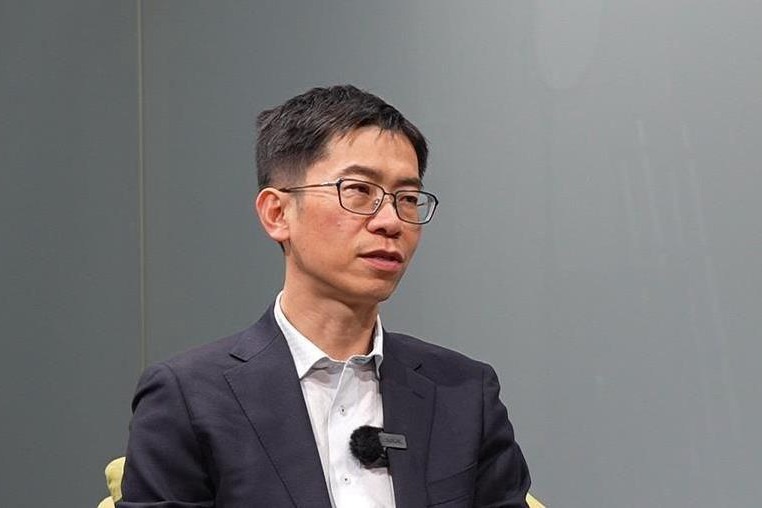Authorities mull measures to address aging population


Consumption driver
Older people, especially richer urban retirees, are increasingly seen by policymakers as potential consumers to drive economic growth. This was outlined in measures designed to raise domestic consumption between now and 2035.
The measures, issued by the CPC Central Committee and the State Council, China's Cabinet, were released on Dec 14 via the Xinhua News Agency. In a section focused on expanding the service sector, the lengthy document urged local authorities to regard senior care work as both a government task and an emerging industry.
Authorities were asked to accelerate efforts to build a senior care system with nursing homes and home-based support as the twin pillars, and a healthcare system that combines medical and nursing functions.
The Ministry of Civil Affairs said the number of beds at retirement homes nationally reached 8.12 million in the first quarter of last year, up from 3.81 million in 2012, but the per capita number was still lower than in developed countries.
In September, Li Yongxin, who oversees senior care issues at the ministry, told a news conference that the task of developing "multilayered and diverse" services for older people was "crucial and pressing". He noted that the number of disabled, "empty-nest" seniors who live alone was rising, creating compelling demand for long-term care.
According to the National Health Commission, China had about 40 million disabled or semidisabled seniors with mobility issues in 2021. Meanwhile, data from Meituan, a catering app that hosts many service providers, show that searches for services to help older people bathe or shower jumped eightfold year-on-year in 2021.
To rectify the nursing home shortfall and provide better care for those with health issues, authorities have worked to mobilize communities, businesses and medical institutions to contribute their share. Hospitals have been encouraged to provide nursing beds or offer door-to-door services and virtual appointments for older patients recovering at home.
Retirement homes have also been urged to engage medical entities to build wards for sick residents so they don't have to shuttle between hospitals and long-term care facilities.
An estimate by the Fudan Institute on Aging, an affiliate of Fudan University in Shanghai, suggested that China's gray economy could surpass $19.11 trillion by 2035 and hit $49.87 trillion by the middle of the century. In the same period, spending on senior care as part of total consumption is projected to rise from 27 percent to 35 percent.
In an interview with Securities Daily, Pan Helin, a researcher with Zhejiang University, said the sector's expansion was made possible by several factors such as the growing acceptance of senior care services and the higher spending power of Chinese people, who for generations have depended on families for assistance in old age.
























